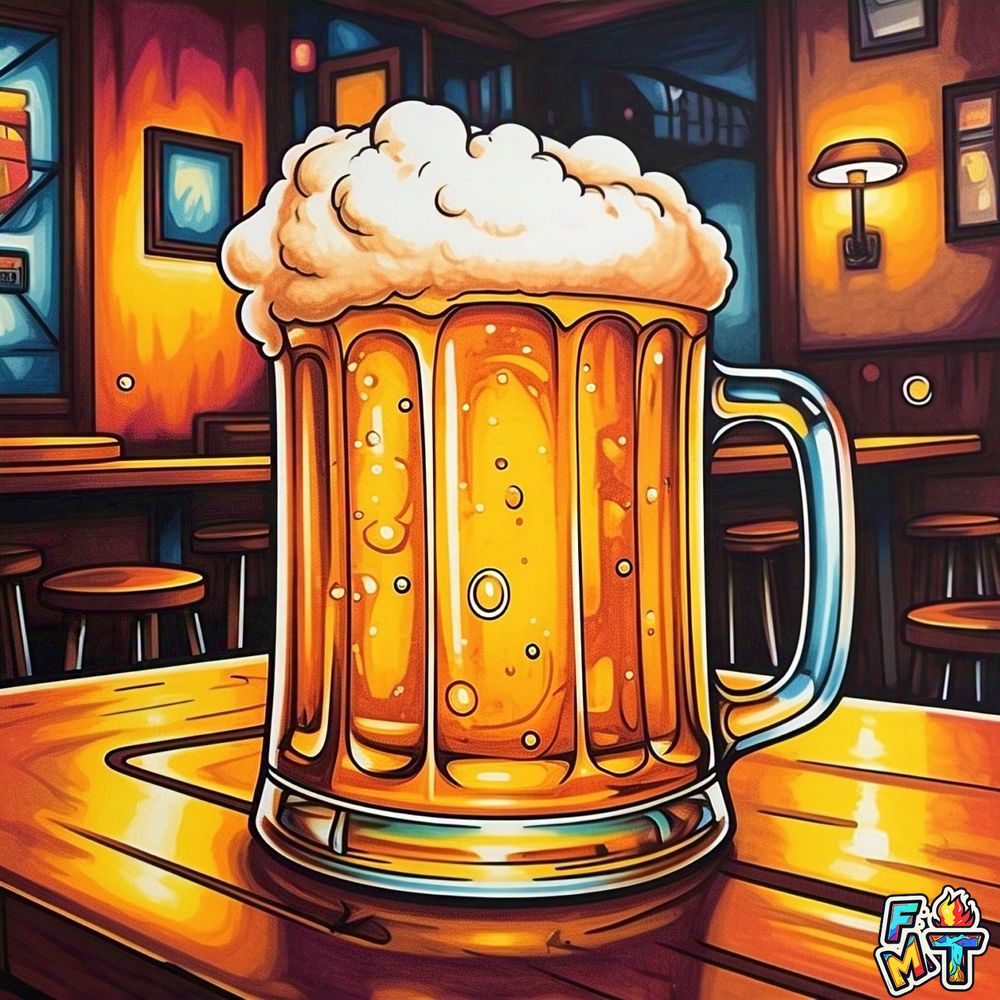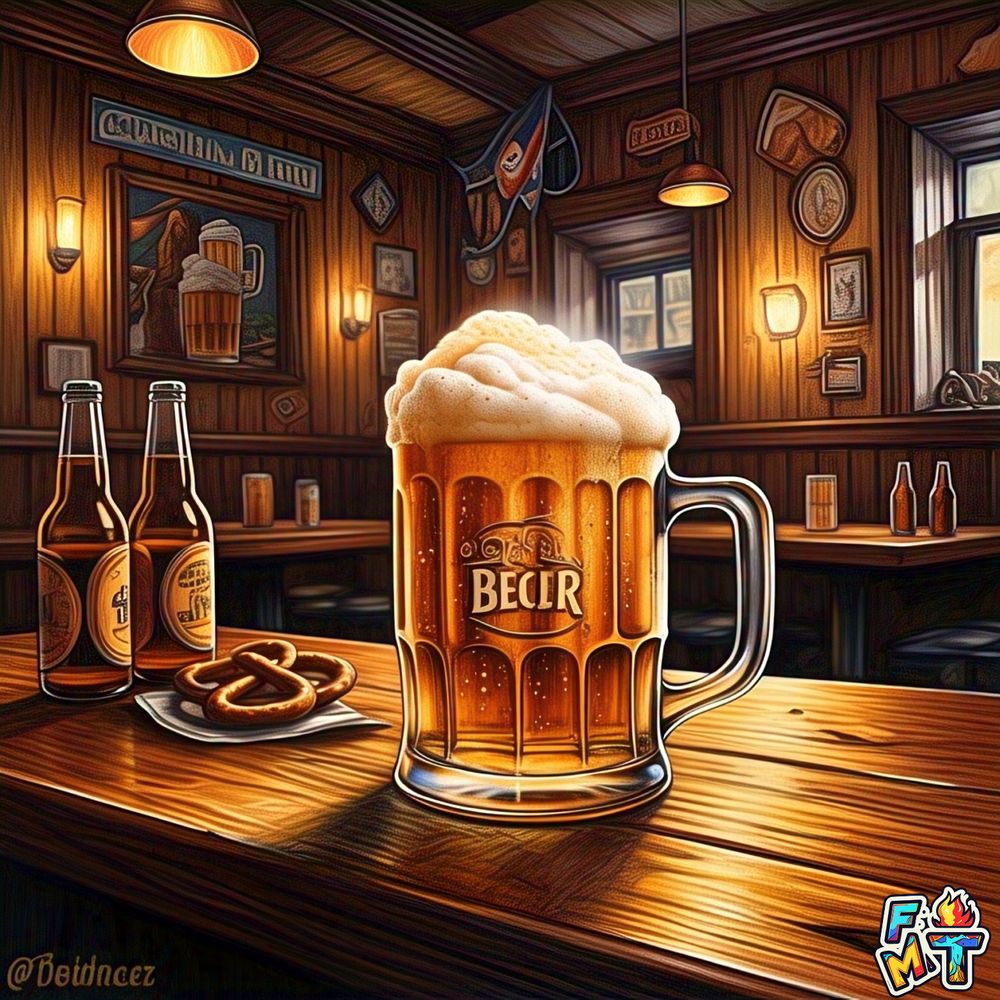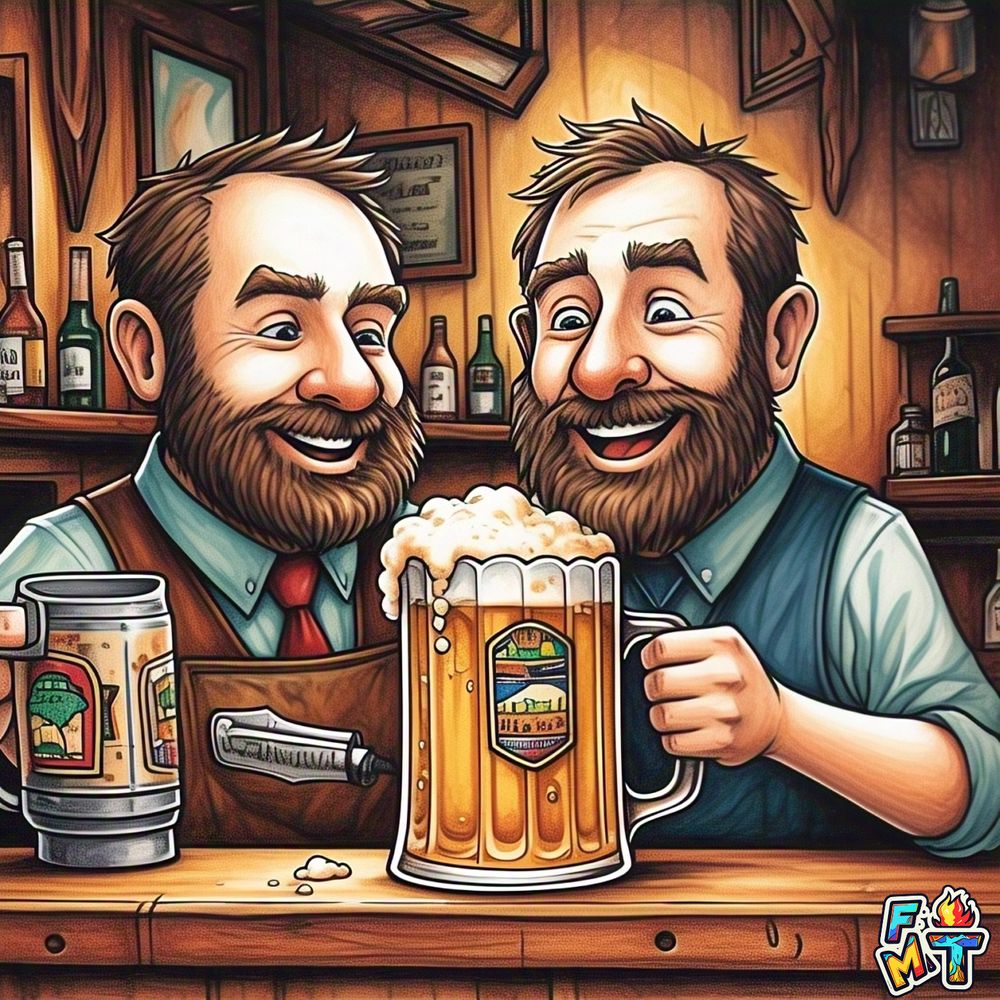Blog
How Much Alcohol Is in Beer?
How Much Alcohol Is in Beer: A Comprehensive Guide
Understanding the alcohol content in beer is crucial for consumers who wish to make informed decisions about their drinking habits. Whether you’re a casual drinker, a beer enthusiast, or someone researching the topic for health reasons, knowing the alcohol by volume (ABV) of beer is vital. This guide explores the various aspects of beer’s alcohol content, factors that influence it, and the implications of different ABVs for health and consumption.
1. Understanding Alcohol by Volume (ABV)
1.1. Definition of ABV
Alcohol by Volume (ABV) is a measure used worldwide to quantify the amount of alcohol (ethanol) in a beverage. It is represented as a percentage of alcohol per 100 milliliters of liquid. For example, if a beer has an ABV of 5%, it means that 5% of the liquid in that beer is pure alcohol.
1.2. Importance of ABV in Beverages
Knowing the ABV of a beverage is essential because it helps consumers gauge the strength of their drinks. It’s a helpful tool for managing alcohol intake, ensuring you consume beverages that align with your personal health and moderation goals. For instance, knowing the ABV in beer helps avoid overconsumption and its related risks, such as impaired driving or accidents.
2. Standard Alcohol Content in Beers
2.1. Regular Beers
The ABV of regular beers typically falls between 4.5% to 5.5%. Beers within this range are considered the standard when it comes to alcohol strength in the world of beer. For example, a bottle of beer with 5% ABV has 5% pure alcohol in a 100ml serving.
Some popular beer brands in the U.S. and globally, like Budweiser and Heineken, often fall into this category, offering a balanced beer experience without too much alcohol content.
2.2. Light Beers
Light beers are often brewed to reduce alcohol content and calories. These beers usually have an ABV ranging from 3% to 4.2%. Despite the decrease in alcohol content, light beers provide a similar drinking experience to regular beers. They are a preferred choice for people who want to enjoy beer while consuming fewer calories or alcohol.
Popular light beers include brands like Bud Light and Miller Lite, which are available in most supermarkets and bars worldwide.
2.3. Craft Beers
Craft beers are known for their diversity and innovation, often boasting a wide range of ABVs, typically ranging from 4% to 10% or even higher. The ABV in craft beers varies due to the unique brewing techniques and ingredients used by craft brewers. Some craft beers can reach 10% ABV or more, offering a much stronger alcohol experience.
If you’re interested in higher alcohol content, craft beers like Imperial Stouts and Double IPAs can provide a bold flavor and higher ABV.

3. Factors Influencing Beer Alcohol Content
3.1. Brewing Process
The brewing process plays a significant role in determining the alcohol content of beer. Factors like fermentation time, the type of yeast used, and the temperature at which the beer is brewed can all influence how much alcohol is produced during fermentation.
The longer the fermentation process, the higher the alcohol content tends to be. Some beers, like barleywines, are intentionally brewed with a prolonged fermentation period to create high ABVs.
3.2. Ingredients
The choice of ingredients also impacts alcohol content. Malt is a primary ingredient in beer, and the more malt used, the more fermentable sugars are available for the yeast to convert into alcohol. Other ingredients, such as adjuncts (corn, rice, etc.), can also influence how much alcohol the final beer will contain.
3.3. Beer Style
Different beer styles have traditionally specific ranges for alcohol content. For instance, stouts, porters, and IPAs tend to have higher ABVs compared to lighter styles such as pilsners and lagers. The traditional alcohol content in these beer styles is often a guideline for brewers to follow during production.
4. Comparing Beer to Other Alcoholic Beverages
4.1. Wine
When compared to wine, beer generally has a lower ABV. While wines usually have an ABV ranging from 12% to 15%, beer typically has a more moderate ABV, with the standard range being between 4.5% and 5.5%.
However, certain wines can be fortified, resulting in an ABV higher than beer. For example, fortified wines like sherry or port have ABVs that can reach up to 20%.
4.2. Spirits
Spirits, such as vodka, rum, gin, and whiskey, have a significantly higher ABV than beer. Most spirits range between 35% and 50% ABV, meaning they are much stronger than beer and should be consumed more cautiously.
A single shot of spirit (1.5 ounces) at 40% ABV equates to approximately the same alcohol content as a 12-ounce beer at 5% ABV.

5. Health Implications of Alcohol Consumption
5.1. Short-Term Effects
Consuming alcohol, even in moderate amounts, can impair judgment, coordination, and reaction time. Short-term effects of alcohol consumption may include dizziness, slurred speech, and impaired motor skills. It’s crucial to be aware of these effects to avoid accidents and unsafe situations, such as driving under the influence.
5.2. Long-Term Effects
Chronic alcohol consumption is linked to various serious health conditions, including liver disease, heart disease, and certain types of cancer. Drinking regularly, especially in high quantities, increases the risk of developing alcohol dependency and other mental health issues.
5.3. Guidelines for Moderate Drinking
Health experts recommend moderate drinking as a way to minimize risks associated with alcohol. The general guideline for moderate drinking is up to one drink per day for women and two drinks per day for men.
It’s important to remember that a “standard drink” contains around 14 grams of pure alcohol, which translates to:
- 12 ounces of regular beer (5% ABV)
- 5 ounces of wine (12% ABV)
- 1.5 ounces of spirits (40% ABV)
6. Trends in Low and Non-Alcoholic Beers
6.1. Rising Popularity
In recent years, low-alcohol and non-alcoholic beers have gained significant popularity. Consumers are becoming more health-conscious and opting for beverages that contain less alcohol or none at all. The sales of non-alcoholic beers have surged, with the market seeing a 26% increase in the past year. This shift reflects a growing demand for options that provide the experience of drinking beer without the side effects of alcohol.
6.2. Market Offerings
Breweries are responding to this demand by expanding their portfolios to include a variety of flavorful low-alcohol and non-alcoholic beers. Popular brands like Heineken and Budweiser now offer non-alcoholic versions, while new companies such as Deft Brewing and Jester King Brewery specialize in creative low-alcohol brews.
7. Calculating Your Alcohol Intake
7.1. Understanding Standard Drinks
A standard drink in the U.S. contains approximately 14 grams of pure alcohol. This measurement helps consumers gauge their alcohol intake, regardless of the beverage type.
Understanding how much alcohol is in each type of drink is essential for responsible consumption.
7.2. Practical Examples
Here are a few examples of standard drink equivalents:
- Regular Beer: 12 ounces at 5% ABV (1 standard drink)
- Light Beer: 12 ounces at 4.2% ABV (approximately 0.9 standard drinks)
- Craft Beer: 12 ounces at 10% ABV (2 standard drinks)
8. Responsible Drinking Practices
8.1. Setting Personal Limits
To prevent overconsumption, it is vital to set personal drinking limits. These limits should be based on health recommendations and should take into account your body weight, drinking habits, and personal tolerance.
8.2. Recognizing Impairment Signs
Being able to recognize the signs of alcohol impairment is crucial for safety. Signs include:
- Slurred speech
- Difficulty walking or balancing
- Impaired decision-making
- Sudden mood changes
8.3. Seeking Help When Needed
If alcohol consumption is becoming problematic, seeking professional help is recommended. Therapy, counseling, and support groups can assist in managing alcohol use and prevent it from escalating into dependency.

Frequently Asked Questions (FAQs)
Q: What is the standard ABV of most beers?
A: Most beers have an ABV ranging from 4.5% to 5.5%. This is the typical alcohol content in regular, mainstream beers.
Q: What is the difference between light beer and regular beer?
A: Light beer usually has a lower ABV, typically around 4% to 4.2%, and fewer calories compared to regular beer, which generally has an ABV of 5%.
Q: Is it safe to drink a beer with high ABV?
A: Beer with a high ABV, such as craft beers, should be consumed responsibly. Due to the higher alcohol content, it’s easier to overconsume, which can lead to impairment and increased health risks.
Q: Can you drink non-alcoholic beer while pregnant?
A: While non-alcoholic beer generally contains less alcohol (usually under 0.5% ABV), it’s important to consult with a healthcare provider before consuming it during pregnancy.
Conclusion
Understanding the alcohol content in beer helps consumers make informed choices about their drinking habits. From regular beers to light and craft beers, knowing the ABV can prevent overconsumption and its related risks. Moreover, trends in low-alcohol and non-alcoholic beers offer more options for health-conscious individuals. Responsible drinking practices, coupled with an understanding of standard drinks, will enable consumers to enjoy beer without the negative consequences associated with excessive alcohol intake.
Please visit Dinounicorn.com or Freshmilktee.com to support us. Thank you!

